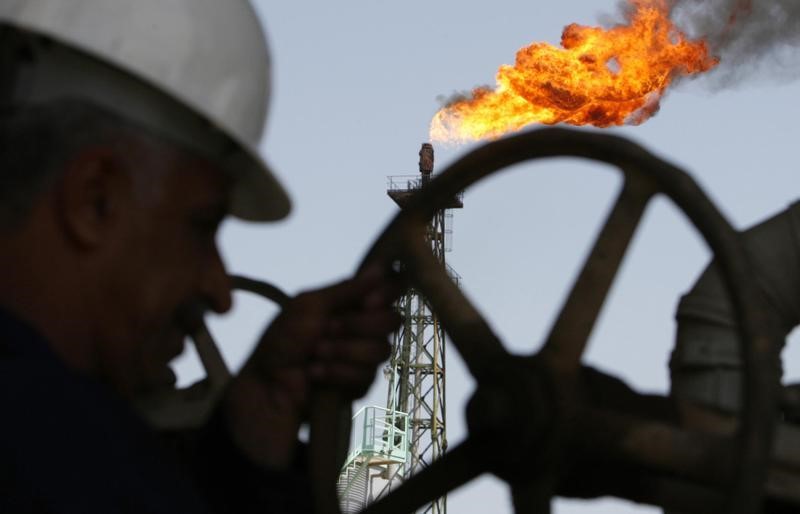Investing.com - US crude oil prices gained on Monday with doubts about the release of weekly data on oil inventories in place because of the government shutdown, but markets upbeat after the Saudi energy minister at the weekend said come kin of cooperation will continue on production with allies after the output curb pact expires at the end of the year.
US West Texas Intermediate (WTI) crude futures for March delivery rose 0.16% to $63.41 a barrel. Meanwhile, March Brent crude futures, the benchmark for oil prices outside the US, were last quited down 0.81% to $68.75 a barrel.
OPEC and non-OPEC oil producers aim to continue production cooperation after the end of 2018 in some form, Saudi Arabian energy minister Khalid al-Falih said on Sunday.
"There is a readiness to continue cooperation beyond 2018... The mechanism hasn't been determined yet, but there is a consensus to continue," Falih said after a meeting of the joint ministerial committee which oversees implementation of the cuts. But Falih cautioned about the low-demand period ahead - a normal season of refinery turnarounds, particularly on the US Gulf Coast.
"We are entering a low demand period seasonally, and we have to let that pass and see how inventories look in the second half before we consider any alteration" to current policy, he said.
In the week ahead, market participants will eye fresh weekly information on U.S. stockpiles of crude and refined products on Tuesday and Wednesday, if released, to further weigh what the impact of recent storm activity was on supply and demand.
Last week, oil prices posted their first weekly loss in five weeks after settling lower for the second straight session on Friday, as traders fretted over a sharp rebound in U.S. production.
The International Energy Agency (IEA), in its monthly report Friday, warned that rapidly increasing production in the United States would offset a raft of positive factors supporting oil prices including ongoing OPEC output cuts.
The IEA said it expects U.S. output levels to soon exceed 10 million barrels per day (bpd), overtaking OPEC behemoth Saudi Arabia and rivaling Russia. U.S. crude production stood at 9.75 million bpd on Jan. 12, data from the Energy Information Administration showed.
Oil prices have added around 10% since early December, benefiting from production cut efforts led by the Organization of the Petroleum Exporting Countries and Russia. The producers agreed in December to extend current oil output cuts until the end of 2018.
The deal to cut oil output by 1.8 million barrels a day (bpd) was adopted last winter by OPEC, Russia and nine other global producers. The agreement was due to end in March 2018, having already been extended once.
However, analysts and traders have warned that the recent rally could encourage U.S. shale oil producers to ramp up production as they look to take advantage of higher prices.
